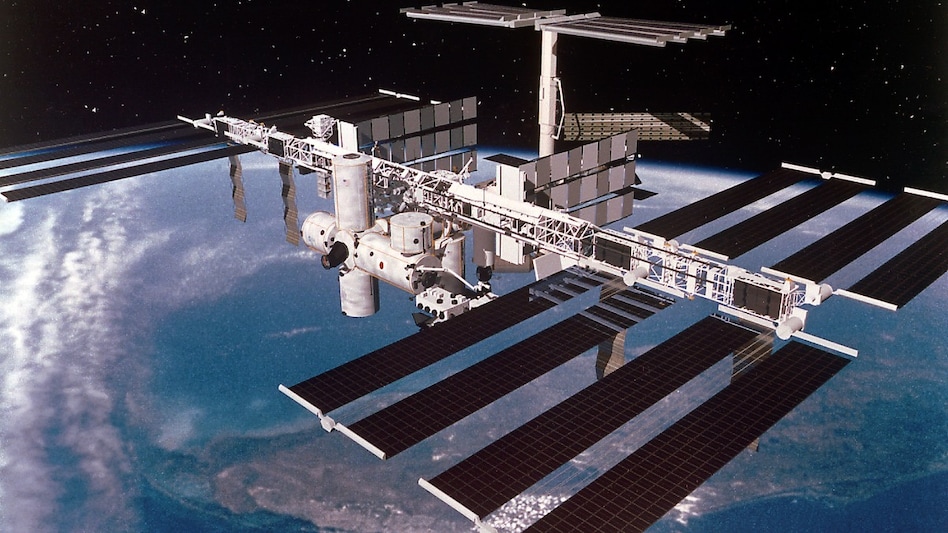 The ISS is in low Earth orbit, roughly 250 miles (400 km) above our planet.
The ISS is in low Earth orbit, roughly 250 miles (400 km) above our planet.  The ISS is in low Earth orbit, roughly 250 miles (400 km) above our planet.
The ISS is in low Earth orbit, roughly 250 miles (400 km) above our planet. The International Space Station (ISS) is going a just tiny bit faster today, after receiving an orbital boost from SpaceX’s Dragon spacecraft.
The milestone marks a symbolic beginning of the end for the ISS, as data from the manoeuvre will be used toward the design of the deorbit vehicle NASA has contracted SpaceX to construct to plunge the decommissioned space station into the Pacific Ocean sometime after 2030.
For the first time, Dragon performed an orbit-raising manoeuvre on November 8 to stabilise the ISS’s trajectory in low-Earth orbit. SpaceX’s 31st commercial resupply mission lifted off November 4, launching a Dragon cargo vehicle to rendezvous with the ISS.
In July, SpaceX was tasked as the company to deorbit the ISS no earlier than 2030, once new commercial space stations are ready to step in for the ageing complex. SpaceX will use a monster Dragon for the effort, so the planned ISS reboost using the current generation of Dragon will be useful.
The ISS is in low Earth orbit, roughly 250 miles (400 km) above our planet. The six-bedroom complex falls down over time making it necessary to use spacecraft to “reboost” or push the space station to a higher altitude.
Traditionally, Russian Soyuz spacecraft have fulfilled that reboost capability, but things are changing rapidly after its unsanctioned invasion of Ukraine in 2022.
After almost 25 years, NASA has projected the ISS’s viability through the end of this decade. Citing aging technology, increasing maintenance requirements and rising costs, the space agency aims to retire the space station no earlier than 2030. The space station’s retirement will free up financial room for the space agency to expand endeavours like the Artemis Program and other deep space exploration missions.
Jared Metter, director of flight reliability at SpaceX, expressed optimism during a press conference on November 4, saying today’s attitude control manoeuvre was “a good demonstration” of Dragon’s capabilities as the company designs the ISS deorbit vehicle.
Dragon’s success eliminates US reliance on Russia for operation of the space station, should that partnership dissolve.
Between the retirement of the space shuttle in 2011 and the beginning of Dragon’s crewed missions, the only way for NASA astronauts to launch to the ISS was aboard Russian spacecraft. SpaceX’s Crew Dragon returned the launch of NASA astronauts to American soil in 2020 and has now proven it can maintain the space station’s orbit, indefinitely.
While NASA has committed to its ISS partnership through 2030, Russia, as of yet, is only committed through 2028, stating its intent to launch a new Russian space station into polar orbit by 2027.